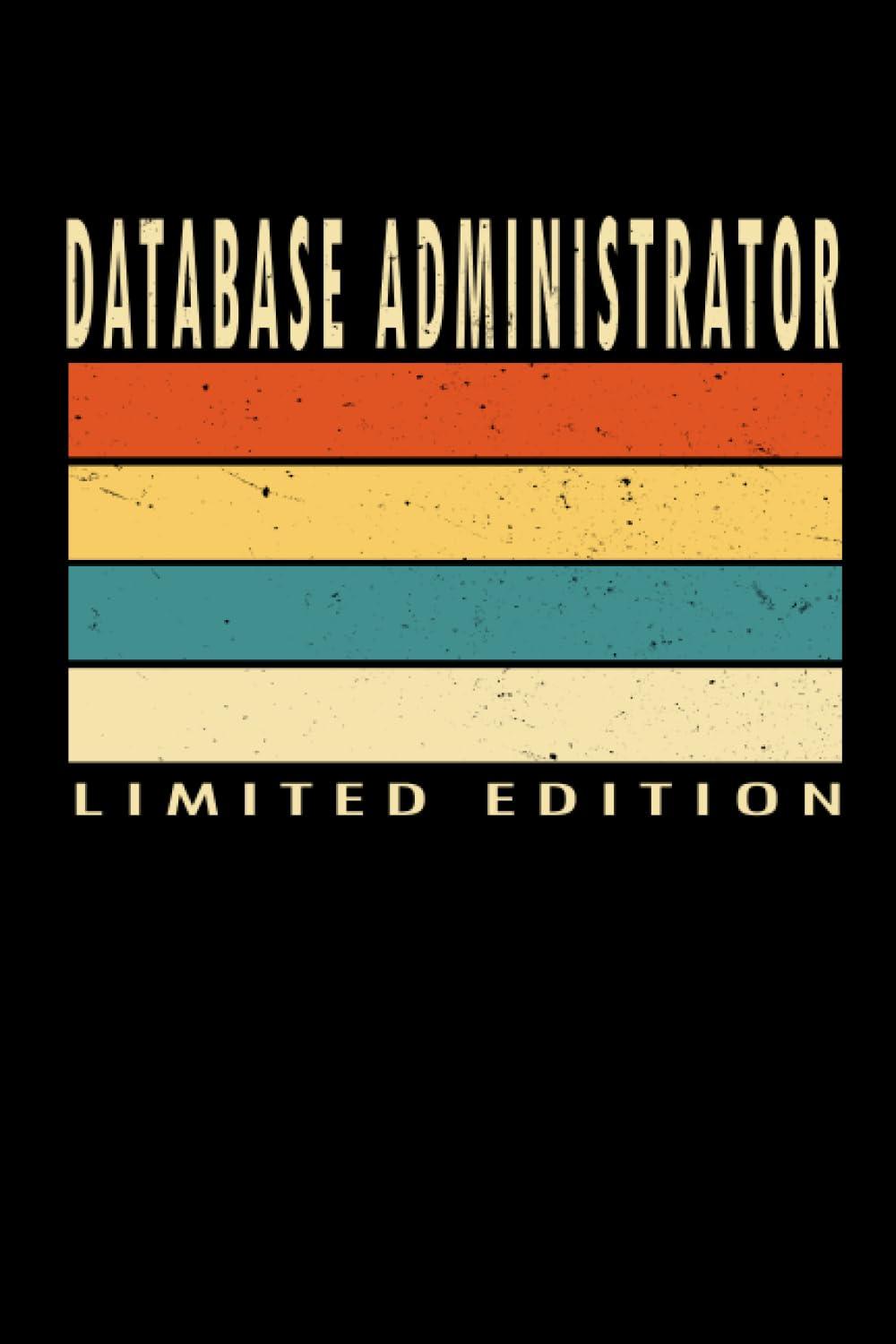In this second section we will develop the equations of motion of the hub-panel spacecraft system considering only planar motion. In the illustration below, the 2 nd body and panel axis is pointing out of the page, and all rotations are about this inertially fixed axis. The general setup and frames are the same as with the 30 version studied earlier, just simplified for planar motion to keep the work load reasonable. However, note that in this scenario the panel rotation is subject to a tortional spring force with a spring stiffness of k. The zero spring force condition is with =0 deg. The general setup and frames are the same as with the 3D version studied earlier, just simplified for planar motion to keep the work load reasonable. However, note that in this scenario the panel rotation is subject to a tortional spring force with a spring stiffness of k. The zero spring force condition is with =0deg. While the equations of motion and dynamical properties are at first developed analytically, the results will be validated numerically using the following simulation parameters: mB=500kgmP=150kgL=4mk=1NmBrH/B=(1.0,0.0,1.5)mIB,2=500kgm2IP,2=200kgm2 Note that the inertias values are the hub and panel inertias about their respective center of mass points, taken about the principle axis b^2=p^2 axis. 1. Next, assume a filtered open-loop attitude control torque u(t) is being applied to the spacecraft hub. The unfiltered torque u(t) is the same 0.3Nm bang-bang torque as used in the prior taks. The same equations of motion can be used as in the prior task, just u(t) must be updated to smooth the step response u(t) using a first order frequency based filter as illustrated in the following figure: A 1st order frequency filter on the torque is given in the Laplace domain as ua=n+cc A 1st order frequency filter on the torque is given in the Laplace domain as uu=s+/cc where c is the low-pass filter critical cut-off frequency. For the simulation, use c=3102rad/sec The corresponding time-domain differential equation of the filtered bang-band torque is u(t)+cu(t)cu(t) Solve for this filtered open-loop torque time history and apply it to the same simulation setup as in the un-filtered bang-band attitude maneuver task. Note, let the hub angle grow past 2 and don't map the angle to any particular quadrant. The following video illustrates the dynamical response you should see of the spacecraft. Note that with this filtered bang-bang control the hub reorientation is again achieved, but taking slightly longer to achieve it. However, the amount of planel oscilation at the end of the maneuver is drastically reduced. See the following video for the expected result. Provide the following simulation result values to validate your solution: rC/N(tf)(meters)(tf)(radians)(tf)(radians)x(tf)(meters)z(tf)(meters) Study the center of mass motion of this system subject to these initial conditions, does it behave as expected? Plot the and angles to visualize for yourself the rotational motion of the hub, and how reduced amounts of flexing is introduced in the panel degree of freedom. "1 adjust the return matrix values as needed def result (): rCN_norm =[.]# meters theta_phi =[.,.] " radians, note, let phi grow unbounded and don't wrap to q! x2z=[.,.]# meters return rCN_norm, theta_phi, xz











